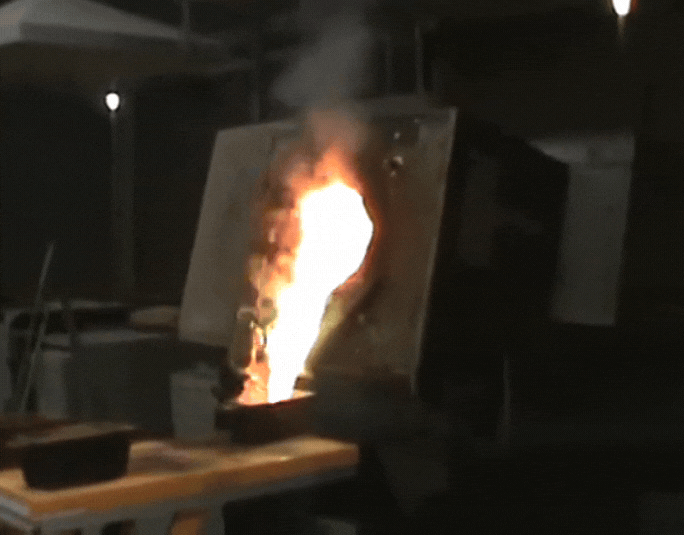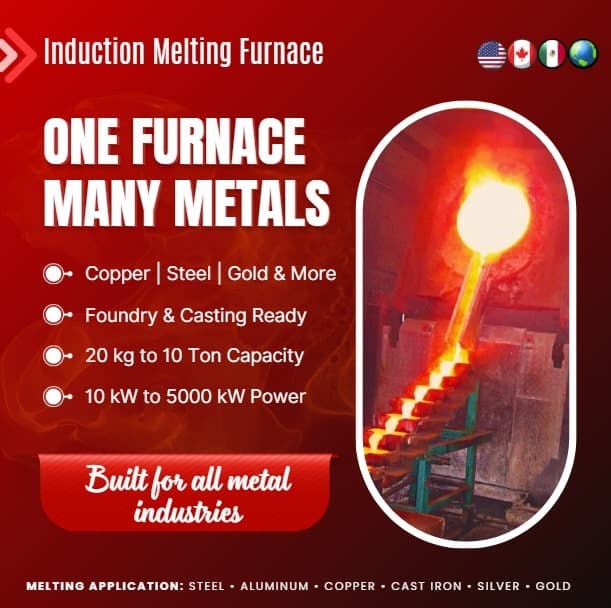We are advisors and consultants to a wide range of industries—including Foundries, Steel Plants, Mining operations, Metal Mills, Universities, Military
institutions, Aerospace, and metal processing industry.
Our mission is to help clients reduce energy consumption and identify the most efficient induction furnace solutions ailored to their specific perational needs




A laboratory furnace for university environments plays a pivotal role in advancing scientific discovery, hands-on education, and technical training. These precision instruments are widely adopted across academic disciplines such as engineering, materials science, chemistry, and geology to perform thermal processing, melting, sintering, and heat treatment. Laboratory furnaces are uniquely engineered for academic settings—offering compact size, high temperature control, safety compliance, and multi-user access. Whether used for alloy development, environmental simulations, or chemical synthesis, a well-configured university lab furnace fosters innovation while maintaining the safety and efficiency required in a research-driven environment.
A laboratory furnace for university use is a high-temperature thermal system designed to conduct melting or smelting in small-batch or research-scale operations. Unlike industrial-scale furnaces, university lab furnaces are built for versatility, precise control, and safety—enabling instructors, students, and researchers to simulate and study complex material behaviors. These research furnaces are essential for conducting experiments across metallurgical, environmental, and physical sciences. Key considerations in selecting such a furnace include temperature range, heating rate, control systems, and safety features.

Universities host a diverse range of furnace technologies tailored to their research and instructional goals. The most commonly used include:
Furnace Type | Primary Function | Typical Applications | Key Advantage |
Laboratory Induction Melting Furnace | Precision melting using electromagnetic induction | Alloy development, metallurgical testing, small-scale metal casting | Fast, localized heating with precise temperature control |
Tube Furnace | Uniform heating in controlled atmosphere or vacuum | Nanotechnology synthesis, chemical decomposition, thermal diffusion | Ideal for gas-solid reactions and inert atmospheres |
Box (Muffle) Furnace | General-purpose thermal processing | Sintering, calcination, ceramic firing, material heat treatment | Versatile and easy to use across multiple disciplines |
Vacuum Furnace | Heat treatment in vacuum or inert gas | High-purity processing of aerospace, electronics, and metals | Oxidation-free environment for sensitive materials |
Table 1. Comparison of Furnace Types in University Research Labs.
Induction furnaces are particularly well-suited for university applications due to their clean operation, rapid thermal response, and control accuracy:
Laboratory furnaces support a wide variety of applications across academic departments:
To serve university needs, a laboratory furnace must balance safety, performance, and operational flexibility. Key configuration features include:
Laboratory furnaces are essential tools in university research and education—enabling thermal processes that drive discovery in materials science, chemistry, geology, and engineering. Among them, the laboratory induction melting furnace offers unmatched precision, efficiency, and environmental safety. By carefully evaluating application needs and selecting the right furnace configuration, universities can empower both instructors and students to lead the next generation of scientific innovation. Contact Electroheat Induction to explore custom university lab furnace solutions tailored for your institution’s research and teaching needs.